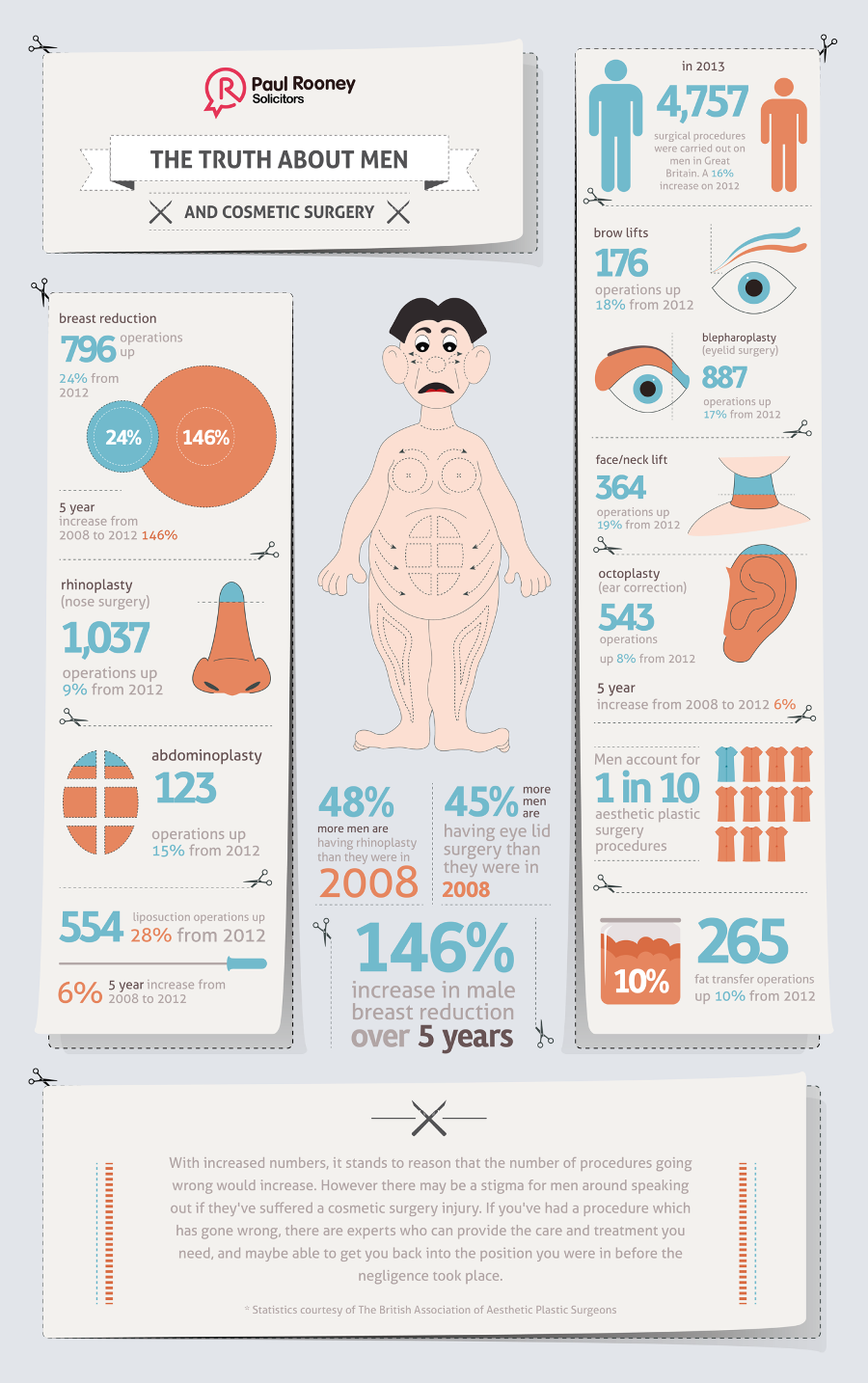How To Prevent Acne As An Adult
How To Prevent Acne As An Adult
Blog Article
Causes of Acne on Cheeks
Acne outbreaks in the cheek location are triggered by numerous things, from touching your face often to not altering your pillow case usually sufficient. Picking at blemishes enhances your danger of infection and scarring, and specific medications can aggravate dark places (postinflammatory hyperpigmentation).
The good news is, there are several ways to prevent and treat cheek acne. These include:
1. Hormonal Changes
Acne is mostly triggered by hormonal agents, particularly those created throughout the age of puberty and pregnancy. For some, a family history of acne might additionally add to their problem. Anything that obstructs pores, such as oil-based skin care products or waxy hair products, can set off acne. Different topical therapies, like benzoyl peroxide and salicylic acid, can battle microorganisms and unclog pores. Those with serious or persistent acne must look for therapy from their doctor.
Avoid touching or squeezing your acne, as this can push some of the microorganisms deeper into the skin, bring about a much more extreme breakout. It is also crucial to alter pillowcases on a regular basis and make use of tidy makeup brushes. You must additionally attempt to stay clear of toxic irritants such as rubbing from using a safety helmet or tight collar.
2. Diet
The greasy, sweet foods that many individuals assume trigger acne may really refrain from doing so. In fact, studies have shown that eating a diet plan abundant in whole, nutrient-dense foods helps to avoid breakouts.
Foods high in the glycemic index (such as white bread, corn flakes, puffed rice and potatoes, doughnuts and other pastries) elevate blood sugar level degrees rapidly, and this can enhance hormones that boost oil manufacturing and cause acne.
Consuming cow's milk has additionally been connected to enhanced acne breakouts. If you are a routine cow's milk enthusiast, you could wish to try changing to low-fat or nondairy options that are fortified with calcium. Additionally, consuming alcohol even more water can assist to lower acne due to the fact that it assists to keep the skin hydrated.
3. Excess Oil
While oil is essential for healthy skin, it can end up being a trouble when way too much sebum mixes with dead skin cells and obstructs pores. This mix can develop blackheads, whiteheads and acnes. The obstructed pore wall can break down and spill bacteria, dead skin cells and sebum right into surrounding skin. This results in a red bump called an acne. Sometimes these red bumps have pus in the facility from a bacterial infection. Bigger infected bumps that resemble acne are called cysts.
There are numerous points that can trigger excess sebum and clogged up pores, including hormonal agent changes, diet regimen and daily behaviors. Some examples consist of touching the face frequently, relaxing your hand mesotherapy on your cheek, making use of filthy make-up brushes and not changing pillow cases routinely.
4. Stress and anxiety
If you're handling pain pimples or a multitude of blackheads and whiteheads, it might be time to speak with a skin doctor. They can recommend an efficient therapy that suits your skin kind. Exercising relaxation and stress-reduction techniques additionally helps.
Acne can take place in the cheeks as a result of friction and pressure, such as when an individual touches their face regularly or uses a hat or sporting activities helmet that scrubs against the skin. It can also show up where oily cosmetics and lotions rub versus the skin.
Avoid pressing acne, as this can press infected material deeper right into the skin and bring about scarring. Instead, see a physician to learn more about preventative treatments like medicine, skin treatment items and lifestyle modifications. Consuming a healthy and balanced diet of whole foods, getting 7 to 9 hours of rest and using noncomedogenic makeup and skin care items can all help in reducing acne breakouts.
5. Hair Products
Hair items are not usually thought of as a reason for outbreaks, yet they can contribute to acne on the cheeks in some people. Pomade acne, which is identified by tiny shut comedones and papulopustules, is commonly triggered by making use of oily hair products that contain comedogenic components such as specific oils and acetylated lanolin.
Picking hair items that don't include these potentially comedogenic components is a vital action towards decreasing breakouts. Also, guaranteeing that hair items aren't being available in contact with the skin can aid prevent breakouts. For example, wearing a scarf or bonnet in the evening can limit hair-to-face get in touch with and minimize the probability that leave-in hair items will certainly abrade onto the face.
Along with using a non-comedogenic cream and cleaning with an acne face clean, various other helpful strategies include: